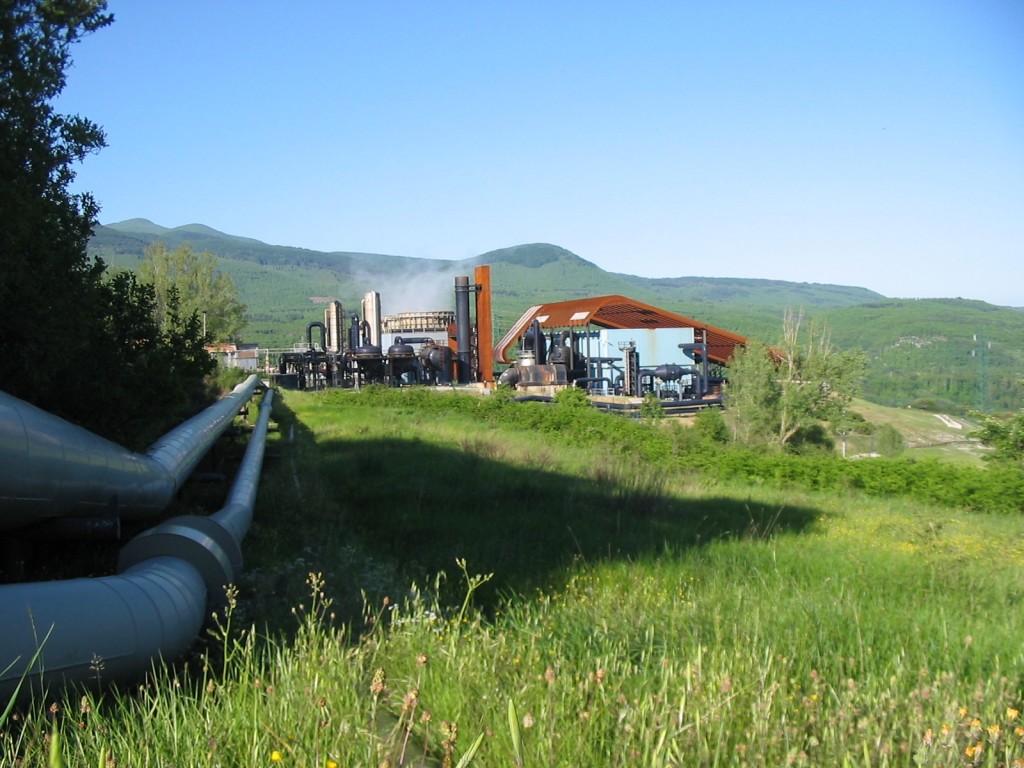Reducing emission of hydrogen sulphide from geothermal operations through bacteria?
Enel Green Power has announced the winner of a competition it launched on the challenge on how to deal with hydrogen sulphide from geothermal operations. The winning bid suggested the use of a bacterial consortium able to produce hydrogen from the emissions, which will now be tested.
A winner has been chosen for the challenge launched by Enel Green Power to identify innovative solutions to use at geothermal plants. The winner of the EUR 15,000 prize is Luigia Lona, a researcher-entrepreneur with “an innate instinct to search for solutions”.
“An innate instinct to search for solutions” and the belief that “true, effective innovation comes from the close relationship between research, application and business”. These are the two key factors that inspired Luigia Lona to participate in and win the challenge launched by Enel Green Power to make Mercury and Sulferized Hydrogen Reduction (AMIS) systems in EGP geothermal plants more effective.
The winning idea involved a change in the last stage of the AMIS cycle, where soda is used to regulate the level of acidity in the liquid solution coming from the H2S reduction process. Specifically, the change involves halving the entry of soda in the scrubber and introducing a system that allows for the optimisation of the quantity of soda consumed for different sections.
Challenge, Instinct and a Coincidence
In September 2017, through the Open Innovability online platform, we launched a challenge to search for innovative solutions to reduce the emission of hydrogen sulphide, while avoiding or reducing the use of soda, in our geothermal plants.
“At the base of the challenge posed to researchers, technicians and start-uppers, there was a question: is there an alternate system to AMIS or an alternate sorbent to soda that can be used to reduce costs and obtain the same efficiency of geothermal fluids in emission?”
The most convincing and promising solution came from Luigia, who, in addition to winning the EUR 15,000 prize, could see her idea tested. Her idea came thanks to a lucky coincidence that led her research to align with the goal of the challenged launched by EGP.
“What led me to geothermal energy was selecting a bacterial consortium able to produce hydrogen from the demolition of this pollutant in a more efficient and much less expensive way that what has been in the literature”.
Unity Makes for Innovation
Hearing about her challenge victory took Luigia by surprise. “My first reaction was disbelief because – as always happens to me – I wasn’t fully satisfied with my work. I had sent the proposal in twenty minutes before the deadline. But after the shock, I was very happy”.
“To create my proposal, I tried to understand every detail of plant operations and I read a lot about the topic; when I stopped reading, I focused on the problem, which stayed in my head for hours.” – Luigia Lona
Researcher, entrepreneur and scout for innovative solutions, Luigia has a degree in biological sciences with a specialisation in bimolecular sciences, and a research doctorate on methods of desulphurization from Enea’s biomass laboratory.
“In 2013, with two friends, I founded a company that finances research projects for the recovery of industrial waste and green chemistry methodologies” said Luigia, in a quick overview of her professional CV, where we see her double role as researcher and entrepreneur, with direct experience in the alliance between business and research.
“Technological innovation produces business only if those managing its passage from the base research to its specific application know the context they are working in very well, from both a technical and a market point of view.” – Luigia Lona
The ability to collaborate between business and research, according to Luigia Lona, is not yet well established in Italy, “where people prefer to proceed ‘in watertight compartments’, with an enormous waste of money and human resources. On the other hand, challenges can be very educational”.
Source: Enel Green Power


















